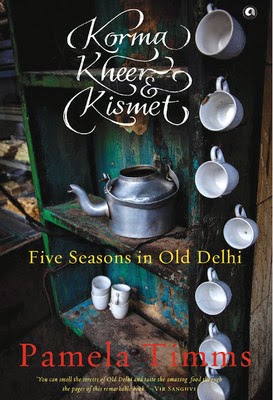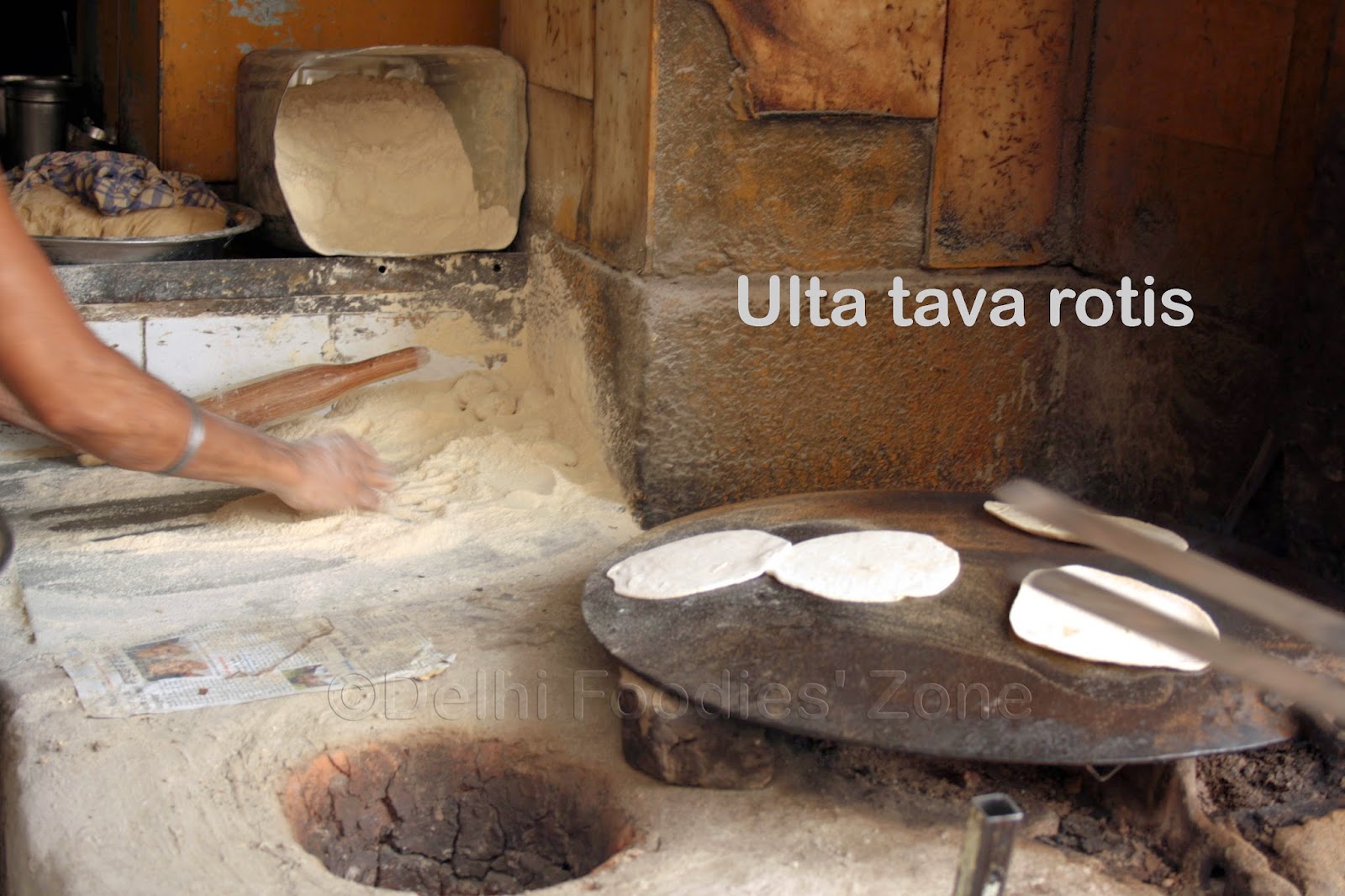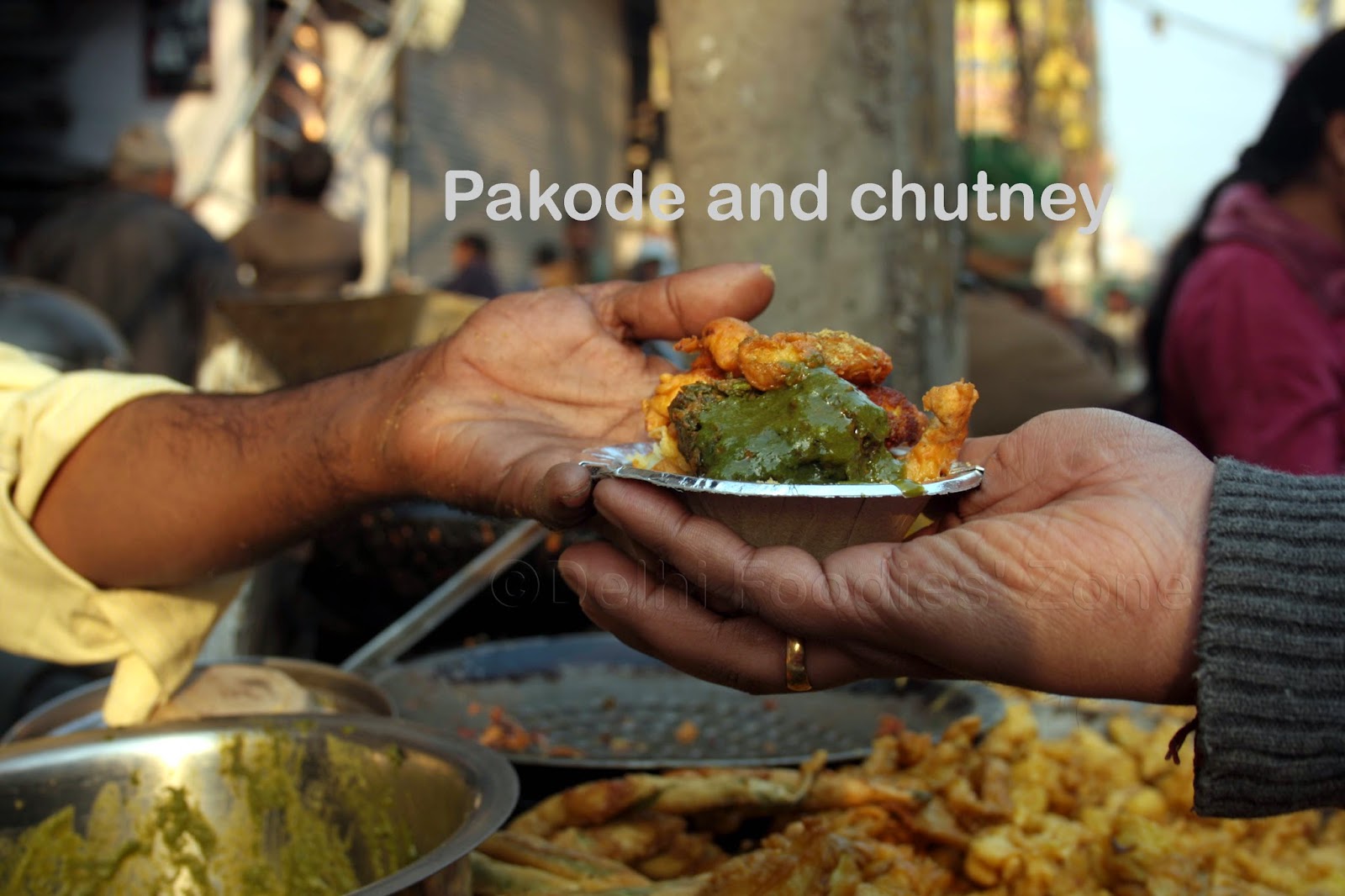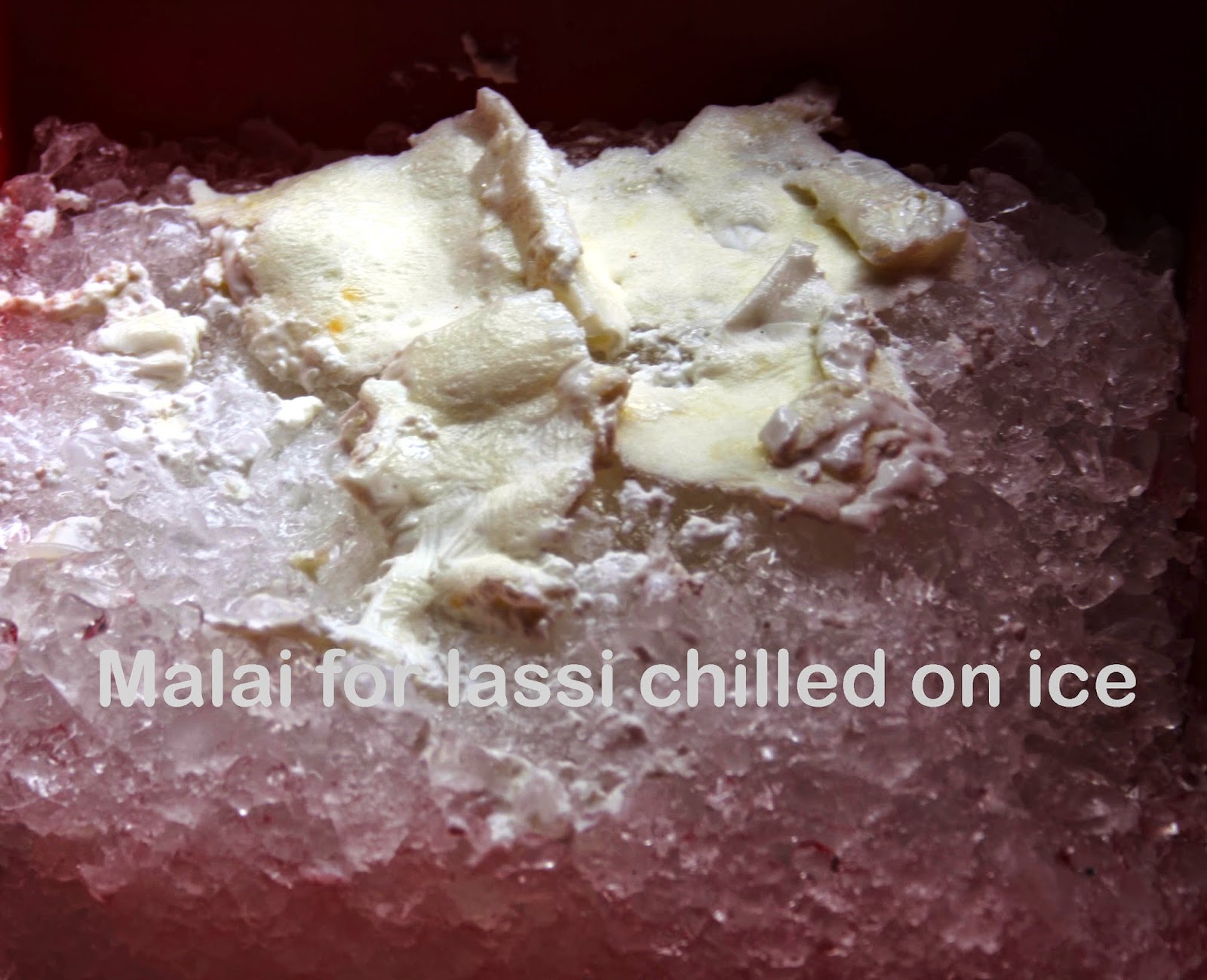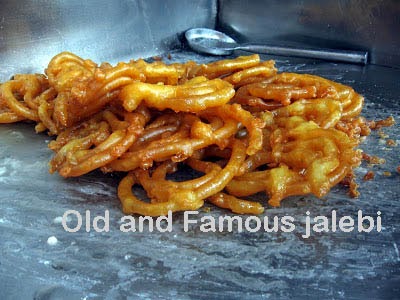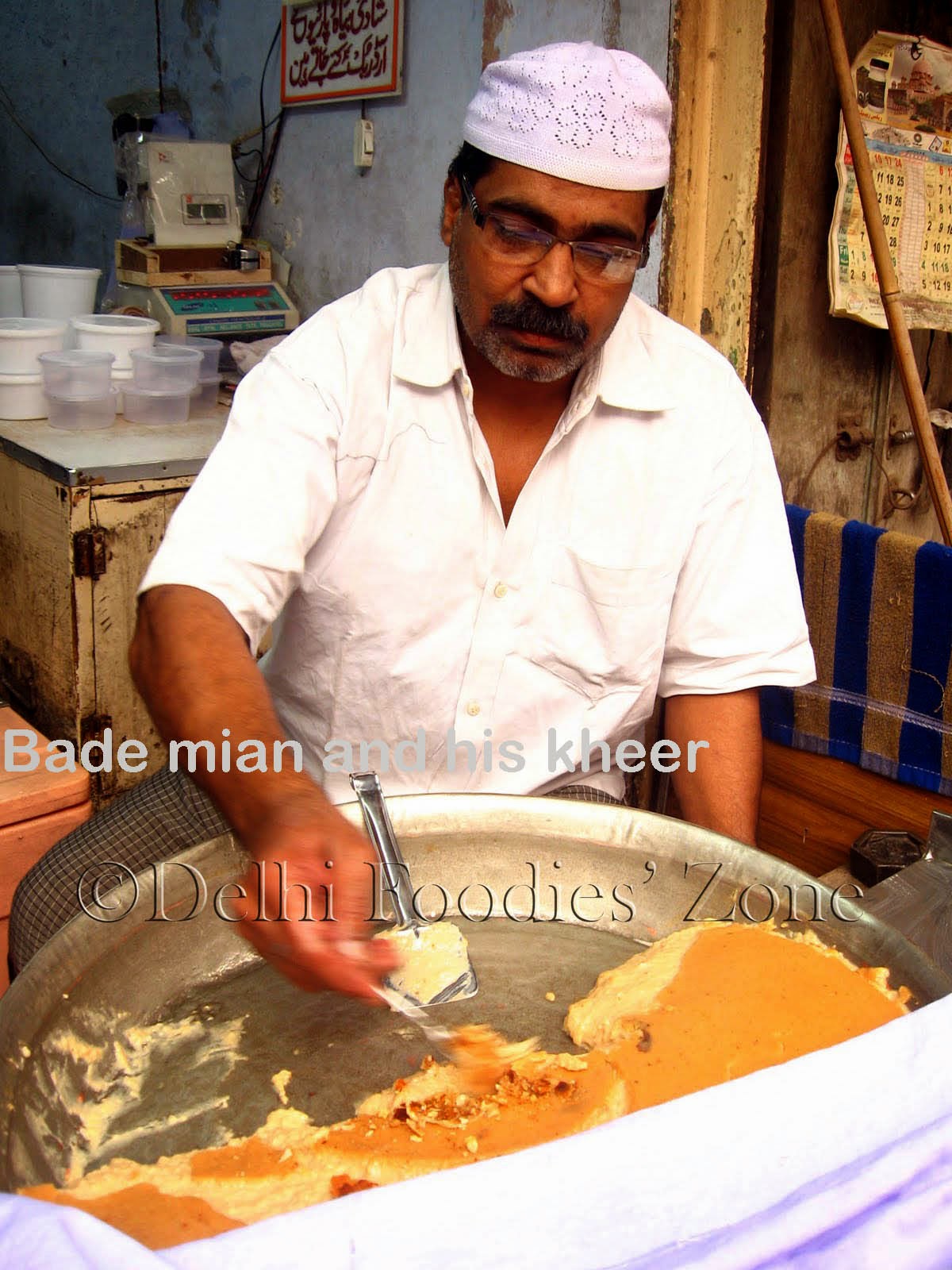Moving on to Skeeter’s main course and dessert together, she could not decide which of these stole the show for her. The Vegetable Tagliatelle with carrot mash and basil oil was part of a very pleasant surprise, for it was no pasta, but farm fresh, seasonal, organic, vegetables like carrot, yellow and green zucchini, peeled into strips and plated wonderfully to mimic Tagliatelle, cooked/steamed very lightly to leave the texture crunchy enough for one to bite in. The sweet scented basil oil peeped from between the vegetables to reveal itself and lend flavour to the dish. Skeeter has never had a healthier dish at a restaurant. The portion size and the quality of this Vegetable Tagliatelle with carrot mash and basil justifies the price tag (Rs 500) absolutely. Skeeter will go back for only this one, on and on. That said, Chef Alexis Gielbaum at Le Bistro Du Parc told Skeeter that they change their menu frequently. So one is likely to go back at Le Bistro Du Parc for a fresh menu and more surprises. It is also commendable to note they have compensated vegetarians (for a limited number of dishes in the already small menu) beautifully by creating star dishes such as the one Skeets mentioned.
Korma, Kheer & Kismet- an escapade to Old Delhi by Pamela Timms
Neung Roi, The Thai food haven
 |
| Thai betel leaf |
 |
| corn fritters |
A Wing bean Salad with a roasted coconut and tamarind dressing. This one turned out to be Skeeter’s favourite from the entire meal. Crunchy winged beans were tossed in a simple yet palate pleasing dressing that left Skeeter craving for more. Had Skeeter known that she’d be expecting such treatment to the salads, she could’ve made a meal entirely of these. Then of course there were the regular suspects like the Thai green papaya salad (Som Tam) on the menu which Skeeter did not try. But what she did try was the Yam Som-O, a pomelo salad with crispy onion and garlic in a sweet and tangy palm sugar and tamarind dressing. Skeeter was reminded of this salad in Maharashtra served up by a freind’s mother(she used local jaggery in place of palm sugar). The ingredients were different but the taste was so similar that Skeeter was left nostalgic.
While you are there do try their sorbet of the day. Skeets was extremely lucky for it was the Tamarind sorbet that graced her table. Tamarind is used extensively in some parts of Thailand for sourness and they’ve take it a step further by making a sorbet flavoured with Tamarind.
 |
| Tamarind sorbet |
And there was a very refreshing Tub Tim Krob (Water Chestnut in Coconut Jasmine Syrup) served at the end of the meal. Light and satisfying, this dessert was the perfect end to a perfect afternoon.
(Skeeter was invited to sample Neung Roi menu.)
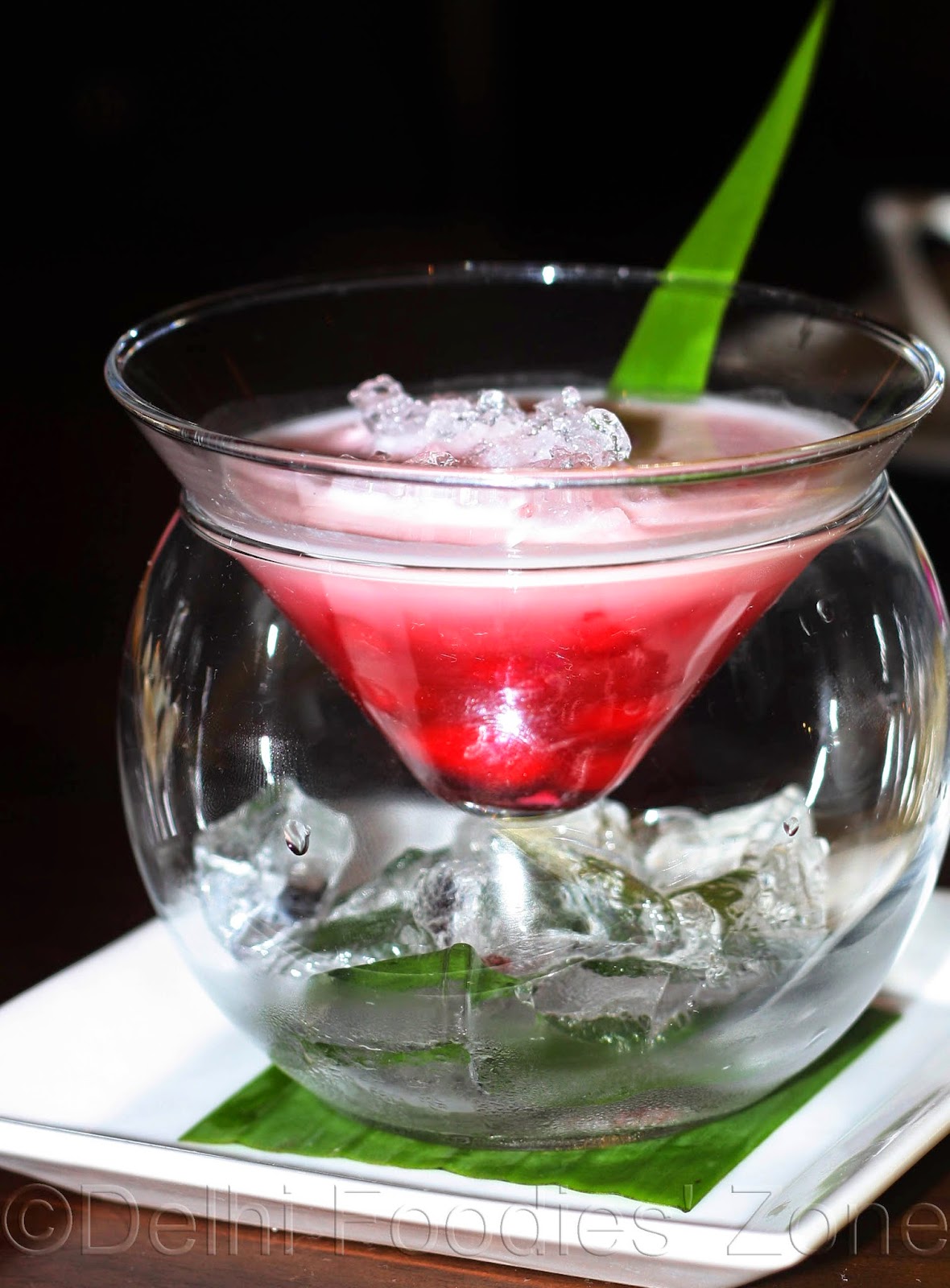 |
| Water Chestnut in Coconut Jasmine Syrup |
Of family kitchens, heady aromas and The Sood Family Cookbook
Skeeter loves browsing good books. Cookbooks are Skeeter’s best friends. Leave her in a mall and you will invariably in a store buying or admiring cookware or browsing cookbooks. The average cookbook with a collection of 50 or 100 odd recipes duly classified as snacks/mains/desserts is the most boring thing ever!
A long while ago Aparna Jain wrote on a social networking site that she’s putting together a family cookbook: The Sood Family Cookbook. When Skeeter finally laid her hands on the book it was all that was promised. A true family cookbook in soul and spirit. For one, it covers not only the nuclear family but also the widespread global family. An aunt in the hills, a cousin abroad, a baker niece and others have pitched in to send recipes which Aparna asked for and that enabled her to compile this cookbook. The book is dedicated to a brother who’d need recipes that would remind him of home every time he decides to cook in his kitchen in another continent. The family is a good mix of Kashmiris, Malayalis, Mangaloreans, Assamese, Sindhis, Punjabis and more. Hence, the diverse flavour of The Sood Family Cookbook. The book was first self-published by Aparna in a three ring binder before being formally published by Collins.
A wild and leafy summer: Olive
Here are Skeeter’s favourites off Olive summer menu. The amuse bouche (above), a pumpkin cracker, slathered with soft goat’s cheese and topped with semi dried tomatoes and garnished with mini sorrel sprouts made for a pretty plate. Up next was the Salt baked beetroot with goat’s cheese, wild rocket leaves, orange and apricot puree. The picture below does no justice to the beauty of the plate and marriage of flavours. In India, we are so used to cooking and overcooking our greens (thing what poor sarson ka saag and palak are subjected to: boiling, pureeing and frying!), that we’ve actually forgotten to keep it simple. Take cue!
A simple palate cleanser: Yoghurt sorbet (below).
On to the mains. There was Fettucine topped in a simple sauce topped with super crisp Zucchini fritters (pic below). There was a decent Green asparagus and broad bean risotto. But what stole Skeeter’s soul was a wonderfully crisscross grilled baby Zucchini and creamy polenta (Pave of Melanzane).
 |
| Pave of Melanzane |
 |
| Mille Feuille of mango |
 |
| Baked cheesecake |
Just Pressed – How Reeta Skeeter survived a one-day juice-only cleanse!
Made in Punjab
Dessert was Crispy jalebis with rabri (Rs 225). Crispy jalebis planted in a glass filled with rabri were a delicious end to the meal. Just the right amount of sweetness (unlike the overtly sweet that we are used to) and crisp to perfection. P.S.: Skeeter was invited to review Made in Punjab. Thanks Zorawar, Sonali, Varun and MIP team for a memorable afternoon and great food.
Lay’s Football favourites: Apple Chilli Flavour product review
Product
Skeets brings to you the delightful Lay’s Football favourites: Apple Chilli Flavour. It is one of the three limited edition flavours on offer. The other two being Cheesy Jalapeno and Tangy Herb. Skeeter is yet to try those. One bite of the Apple Chilli ridged potato crisps justifies the flavour(come to think of a thousand products whose tagline doesn’t match the taste). This one’s HOT with a strong hint of apple flavour (which the ingredients list reveals comes from the dried apple juice powder). It is tangy and yeah ‘No one can eat just one’ 🙂 Packed with a punch it gets a thumbs up from Skeeter.
Packaging and price tag
The mustard/deep yellow pack comes with football icon Leo Messi holding a chip and the doodles of apple and chilli make for attractive packaging. They are available in Rs 20 and Rs 10 packs of 52g and 26g respectively. Pick them up and munch on!
P.S.: One can vote for their favourite flavour and get a chance to watch Messi play Live!
Artusi Ristorante: An Italian sojourn
An invite to sample food by Artusi kept sitting in the inbox. There were heaps and heaps of praises in the social circles. Skeeter was growing restless and finally gave in to the temptation. Artusi is a quaint restaurant with limited covers and welcoming interiors. It features food from Emilia Romagna region in Italy and is named after Pellegrino Artusi, one of the founders of Italian cuisine, who penned the first Pan-Italian Cookbook. The owners are Gurpinder and Oscar Balcon, a well-travelled couple who globetrotted before settling in India. Oscar tells that a lot of the food featured on the Artusi menu is just like his mother would prepare.
One walks into the restaurant through a bar that has a deli corner too. The bar is designed such that one can overlook passers by on the street through a full sized glass wall while enjoying their drink. Very European. The lighting was a bit harsh but it could in no way dampen the experience.
The first thing that would strike one is the freshness of the ingredients used. The Rape e Noci salad came first. Roasted deep red beets, water cress, crunchy and juicy green apple slices and walnuts dressed in goat cheese, finished with croutons and balsamic made for a pretty plate and pleasing palate. Emilia Romagnia happens to be the place where the first Balsamic vinegar was aged. The region is also famous for its Parmesan cheese and Parma ham.
The Tomino came next. An Italian cheese roundel (a very generous portion that) melted over a bruschetta that was drizzled with fragrant truffle oil. There were sauteed mixed mushrooms (Skeeter’s favourite Enoki too!)for company. It was a dish that relied on the star ingredients than anything else and worked very well for Skeeter. By now Skeets was very full but she had to sample the pasta and so she called for a small portion of Paglia e Fieno Aurora. This handmade white and green angel hair pasta was a treat to the eyes and was set in a pink sauce with shallots, mushrooms, tomatoes and cream. Skeeter cannot even begin to write about the freshness of this one. The pasta was al dente and the sauce beautifully complemented its texture. A must try.




